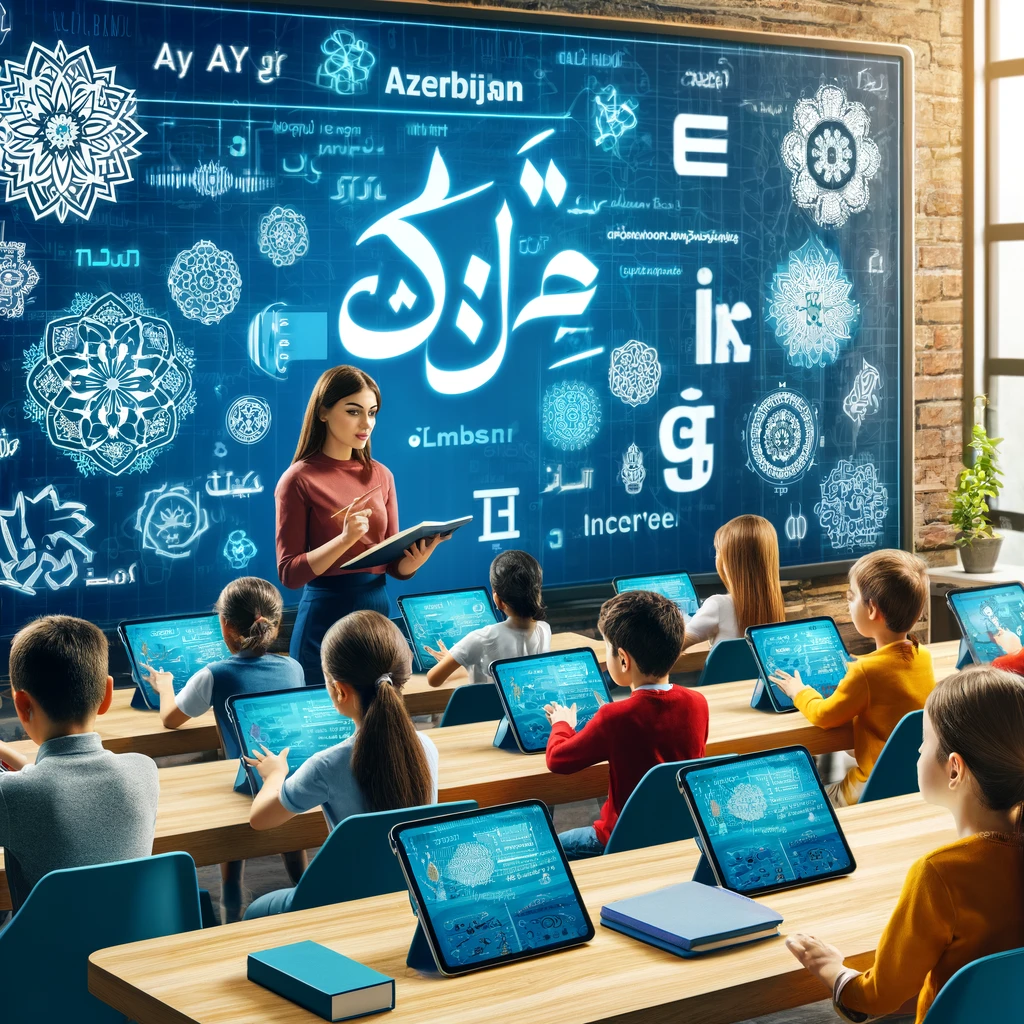Revolutionizing Language Translation: The New English-Azerbaijani Parallel Corpus Initiative
A new English-Azerbaijani (Arabic Script) parallel corpus has been developed to improve language learning and machine translation for under-resourced languages, aiding inclusive education and cultural preservation. This initiative, involving the Kartal Ol Research Group and the University of Michigan, aims to advance natural language processing and support Azerbaijani speakers.

A new English-Azerbaijani (Arabic Script) parallel corpus has been introduced to bridge the gap in language learning and machine translation for under-resourced languages. Developed by the Kartal Ol Research Group in Poland, Savalan Igidlari Publishing Company in Iran, and other notable institutions including the University of Michigan and Marmara University, this pioneering dataset comprises 548,000 parallel sentences and around nine million words per language, drawing from diverse sources such as news articles and holy texts. The project aims to advance natural language processing (NLP) applications and educational technology, particularly for Turkic languages, which have lagged behind in the neural machine translation (NMT) revolution.
Addressing the Linguistic Gap for Azerbaijani
The development of this corpus addresses a significant gap in linguistic resources for the Azerbaijani language, especially its Arabic script variant. Historically, technological advancements in NMT have benefited high-resource languages, leaving many others, like Azerbaijani, underserved. This disparity not only affects the development of effective machine translation systems but also impacts educational opportunities and the preservation of linguistic identity for Azerbaijani speakers. Motivated by the need to preserve cultural and linguistic heritage, the research highlights the risk of linguistic assimilation faced by over 32 million Azerbaijani speakers in Iran. The dominance of Persian in public and educational spheres poses a threat to the Azerbaijani language, leading to a gradual erosion of linguistic identity. By enhancing technological resources for Azerbaijani, the research aims to support the preservation and revitalization of this cultural heritage.
Technological and Educational Advancements
The introduction of the English-Azerbaijani (Arabic Script) parallel corpus represents a significant contribution to the field of language technology. The corpus enables the development of machine translation systems tailored to specific linguistic needs and promotes inclusive language learning through technology. The study presents the first comprehensive case study for the English-Azerbaijani (Arabic Script) language pair, demonstrating the transformative potential of NMT in low-resource contexts. The research underscores the importance of developing resources for under-resourced languages in natural language processing (NLP). By creating this parallel corpus, the study contributes to a more inclusive and equitable landscape in NLP research, enabling the development of tailored technological solutions for diverse linguistic communities. The availability of robust language resources significantly impacts language learning and educational outcomes, promoting bilingualism and multilingualism as valuable skills in a globalized world. The methodology employed in the development of the machine translation system involves a transformer model, consisting of an encoder-decoder architecture. The encoder processes the input sequence in English and generates a semantic representation, while the decoder generates the output sequence in Azerbaijani. The training process minimizes a cross-entropy loss function, and the model undergoes several iterations to ensure accuracy and robustness. Evaluation of the machine translation system using automated metrics like GLEU, ChrF, and NIST demonstrates its effectiveness. These metrics provide a comprehensive understanding of system performance across different dimensions, highlighting the semantic alignment, morphological coherence, and preservation of informative content in translations. Comparisons with models like GPT-4 reveal distinct performance patterns, with the proposed model showing promise in certain aspects and highlighting areas for improvement in others.
Preserving Cultural and Linguistic Heritage
The significance of this research extends beyond the immediate technological advancements. The new corpus serves as a vital tool in addressing linguistic discrimination faced by Azerbaijani speakers, which affects their access to education, employment, and social services. Enhancing communication and understanding between different language groups through improved machine translation tools can help mitigate these barriers. Additionally, the research acknowledges the historical significance of the Azerbaijani language, which has a rich heritage and has seen various efforts to adapt the Arabic alphabet for writing Turkish texts. By developing digital resources for Azerbaijani, the project supports contemporary efforts to recognize and validate the language's status, contributing to its preservation and promotion.
Impact on Language Learning and Future Prospects
The educational impact of this research is profound. Robust language resources facilitate more accurate and nuanced translations, enabling educators and learners to engage with materials in their native language. This enhances understanding and retention, promoting bilingualism and multilingualism as valuable skills in a globalized world. The study, therefore, holds the potential to transform educational experiences for Azerbaijani speakers, fostering greater linguistic diversity and inclusion. In conclusion, the English-Azerbaijani (Arabic Script) parallel corpus marks a significant advancement in NMT for under-resourced languages. The research underscores the importance of specialized resources for low-resource language pairs and sets a foundation for future advancements in multilingual communication and inclusive language education. Future research aims to extend this work by translating larger datasets, further enriching linguistic resources and improving translation accuracy for Azerbaijani. This project exemplifies the transformative impact of technology on language learning and preservation, paving the way for more inclusive and effective educational tools.
- FIRST PUBLISHED IN:
- Devdiscourse










